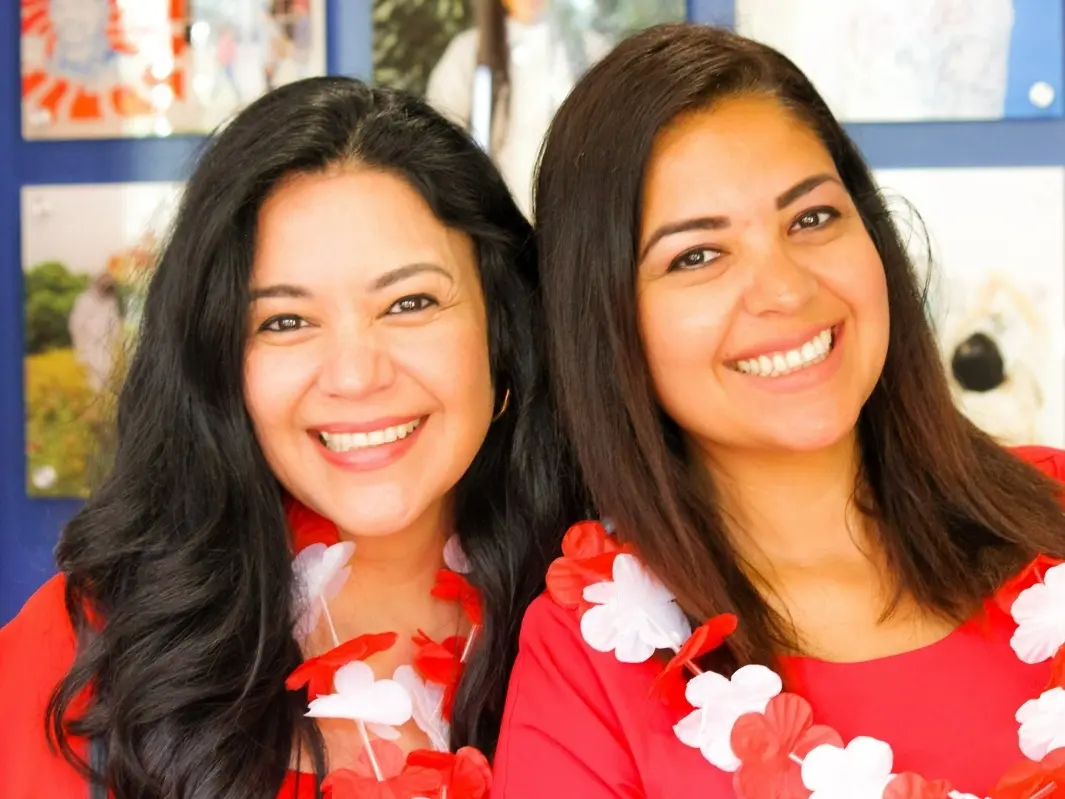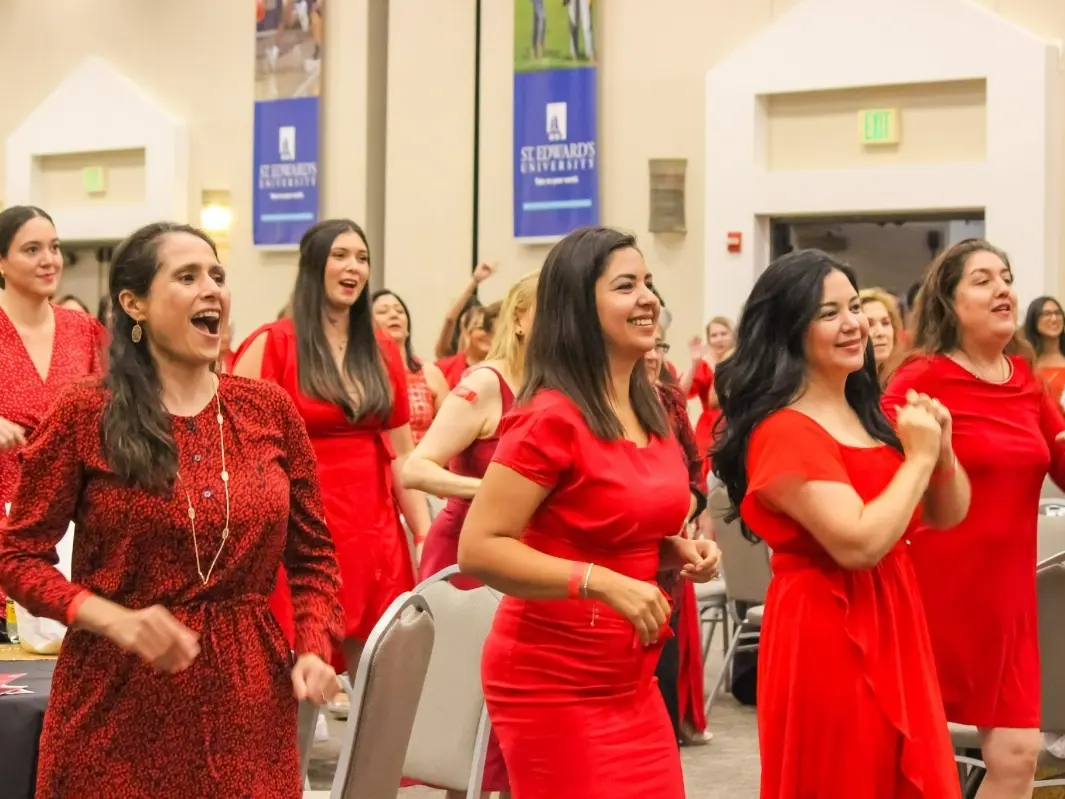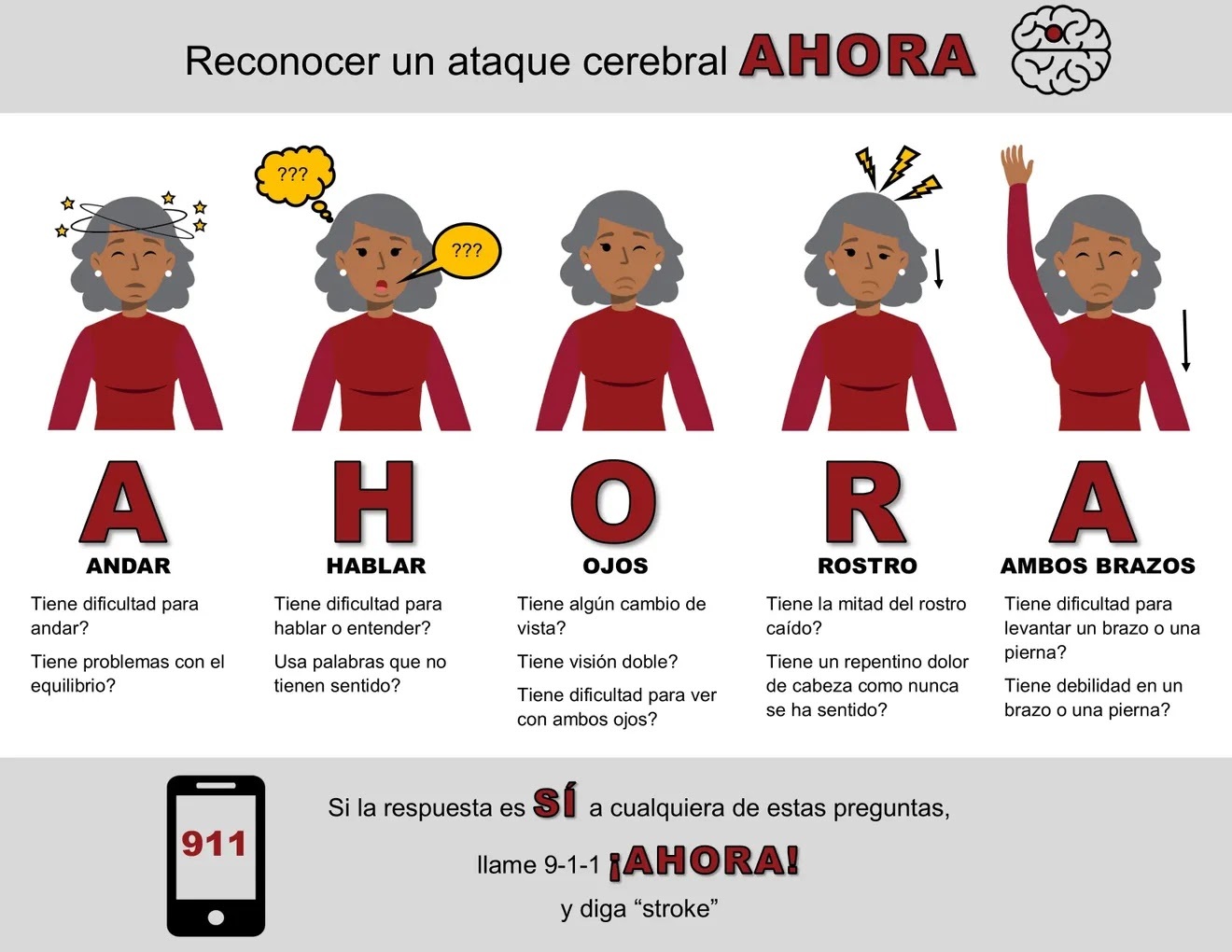Vestido Rojo – Making a Difference for Latina Heart Health in Central Texas
Posted on 07/27/2022 by Ascension Seton

Heart disease remains the leading cause of death worldwide, nationwide and here in Texas. With more than 40,000 deaths annually, Texas is one of the top four states for deaths due to heart disease, trailing only California, New York and Florida. It’s also the leading cause of death for women, and Hispanic women may develop heart disease 10 years earlier than non-Hispanics.
Recently, Ascension Texas partnered with the American Heart Association to host Vestido Rojo, an annual event to drive awareness and provide medical and educational resources for Hispanic women in Texas who are at risk for heart disease.
Vestido Rojo, meaning “red dress,” is a Spanish-speaking event for women to celebrate life and learn the tools to fight against heart disease. The event, hosted this year at St. Edward’s University, included a healthy cooking demonstration, Zumba class, breathing and meditation exercise, health screenings and CPR training.

Also featured was a physicians panel which included Dr. Rachel Bowman, ob-gyn of Ascension Seton. “In my work, I see patients all the time who are at risk for heart disease,” said Dr. Bowman. “Seeing such an engaged audience at Vestido Rojo, who asked so many questions, was very encouraging. Awareness and taking steps to improve your lifestyle, habits and health is how we will win against heart disease.”
The connection between heart disorders and stroke
One topic of discussion at Vestido Rojo was the fact that common heart disorders can increase a person’s risk for stroke. For example, coronary artery disease increases the chance of stroke because plaque builds up in the arteries and blocks the flow of oxygen-rich blood to the brain. In fact, stroke is the third leading cause of death for Hispanic women—and it affects Hispanic women at younger ages than non-Hispanic white women.
Knowing about this risk, Marciela Wilson, cardiovascular disease and stroke community outreach coordinator at Ascension Seton, wanted to create a way for Latinas to more easily remember the signs of stroke. This year, she received the Louis B. Russell Jr. Memorial Award from the American Heart Association for creating the mnemonic “AHORA.”
AHORA stands for andar, hablar, ojos, rostro and ambos brazos. In English this translates to walk, talk, eyes, face and both arms, which are all key symptom areas for someone who may be having a stroke.
To identify a stroke when it happens, you can look for a variety signs and symptoms including
1. Trouble walking, dizziness or loss of balance or coordination
2. Sudden confusion, trouble speaking or understanding
3. Blurred vision in one or both eyes
4. Sudden numbness or weakness of the face, arm or leg
“Ahora” also means “now” in Spanish, because anyone experiencing one or more symptoms of stroke should call 911 and seek medical attention immediately.

For more information about Vestido Rojo, go here and to schedule a heart checkup, visit www.ascension.org.